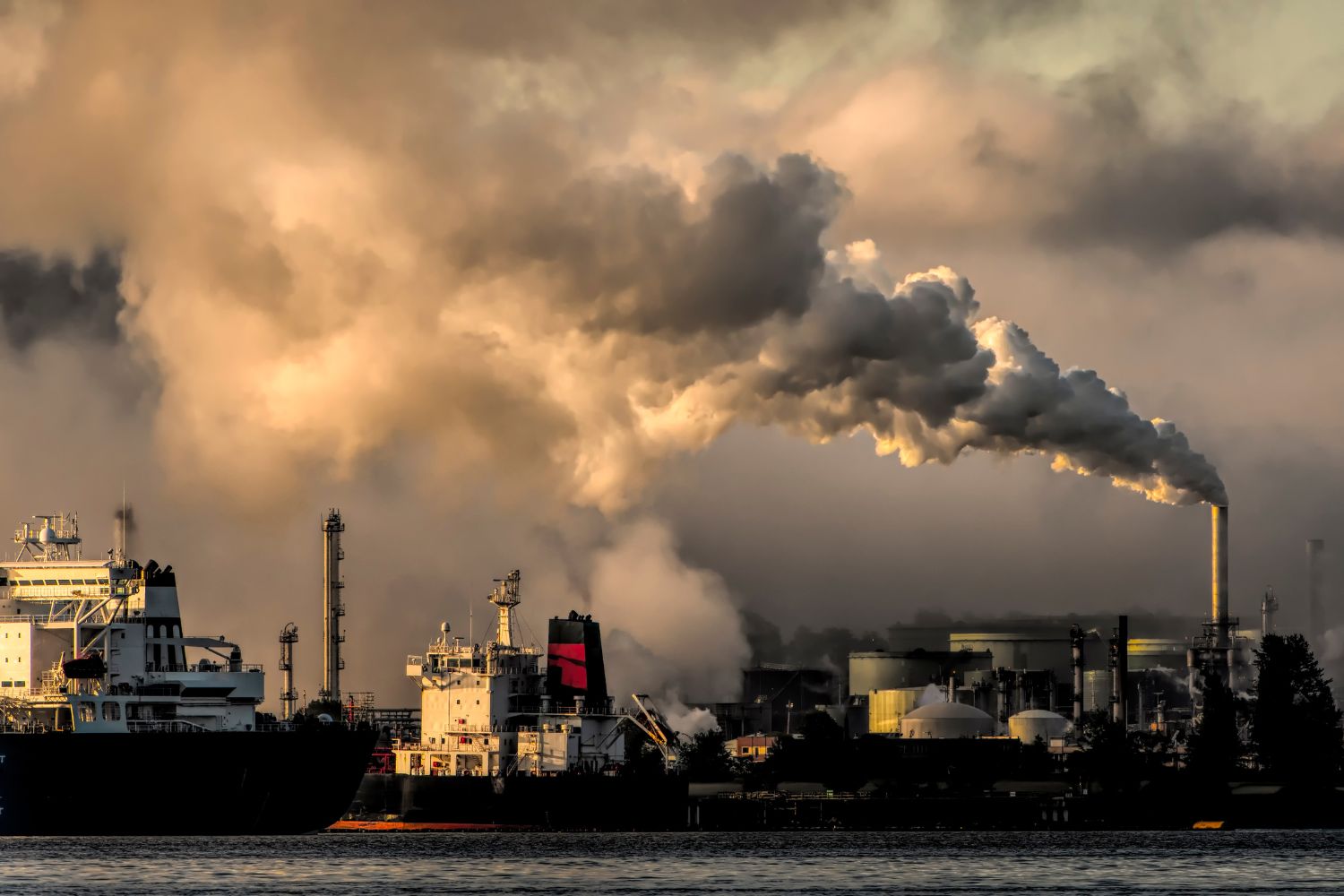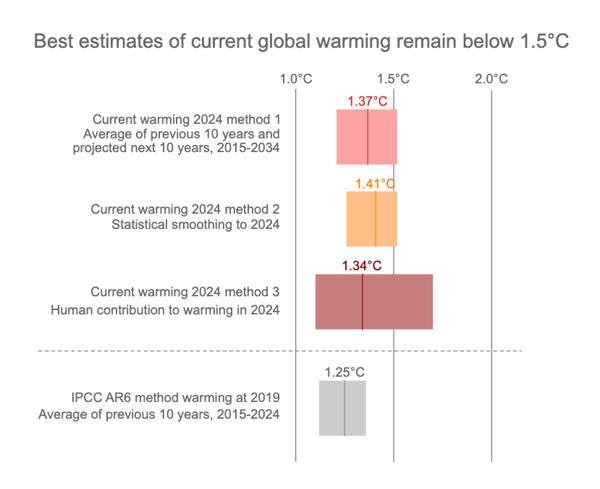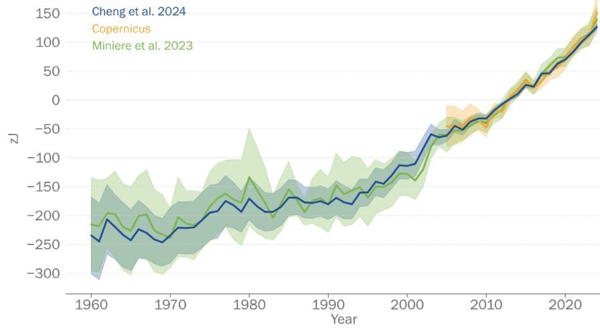According to the latest report from the World Meteorological Organization (WMO), the concentration of carbon dioxide in the atmosphere has reached the highest level in the last 800,000 years

2024 is likely the first solar year to exceed 1.5°C above pre-industrial levels, with a global average surface temperature of approximately 1.55 ± 0.23°F above the 1850-1900 average. Additionally, atmospheric carbon dioxide levels are at their highest in 800,000 years.
This is according to the latest report on the State of the Climate – State of Climate 2024 – by the World Meteorological Organization (WMO), which is clear on one point: globally, each of the last ten years has been the hottest on record.
“We are increasing risks for human life, the economy, and the planet,” says Celeste Saulo, WMO Secretary-General, as she emphasized that even though one year surpassing the 1.5°C temperature increase target does not undermine the long-term goals of the Paris Agreement, it serves as a wake-up call.
According to United Nations Secretary-General António Guterres, it is still possible to limit the long-term global temperature rise to 1.5°C – but world leaders must take concrete actions. This includes investing in affordable and clean renewable energy for their populations and economies, with new national climate plans expected this year.
Key findings from the WMO state of the climate report
-
Atmospheric carbon dioxide (CO2) concentrations are at their highest in 800,000 years.
-
Each of the last ten years has been the hottest on record.
-
The past eight years have seen a new record for ocean heat content.
-
The 18 lowest Arctic sea ice extents ever recorded occurred in the last 18 years.
-
The three lowest Antarctic sea ice extents occurred in the past three years.
-
The last three years have seen the highest recorded glacial mass loss.
-
The sea-level rise rate has doubled since satellite measurements began.

@WMO
“We are increasing risks for human life, the economy, and the planet,” says Celeste Saulo, WMO Secretary-General. Although a single year with a temperature rise exceeding 1.5°C does not jeopardize the long-term goals of the Paris Agreement, it is still a critical warning.

@WMO
The report highlights that global warming is not just about rising temperatures, but also other key factors. Oceans continue to warm, and sea levels rise. The “cryosphere” (the planet’s frozen regions) is melting at an alarming rate: glaciers continue to retreat, and Antarctic sea ice reached its second-lowest extent ever recorded. At the same time, extreme weather events like tropical cyclones, floods, and droughts are causing devastating damage worldwide.
In 2024, natural disasters led to the highest number of displacements recorded in the last 16 years, worsening food crises and causing significant economic losses.
To address these challenges, the WMO and the global community are ramping up efforts to strengthen early warning systems and climate services to help policymakers and society better adapt to extreme climate changes. Currently, only half of the world’s countries have adequate early warning systems in place. More needs to be done, and faster.
